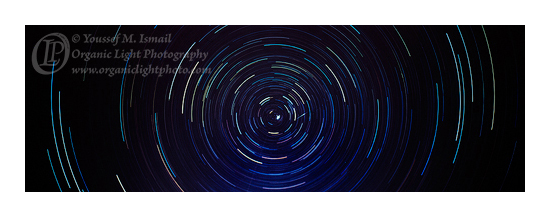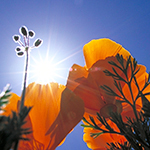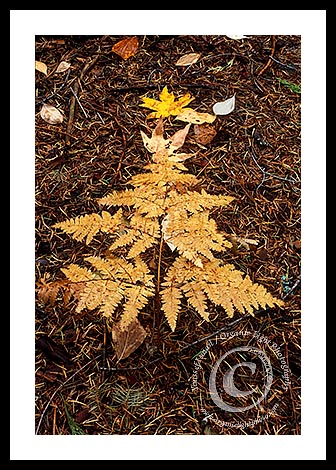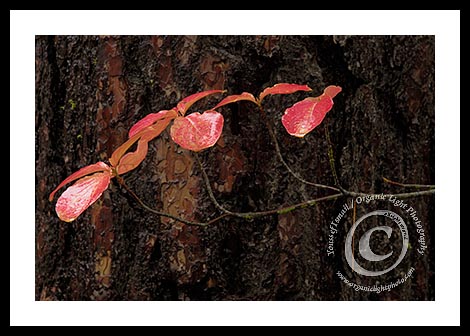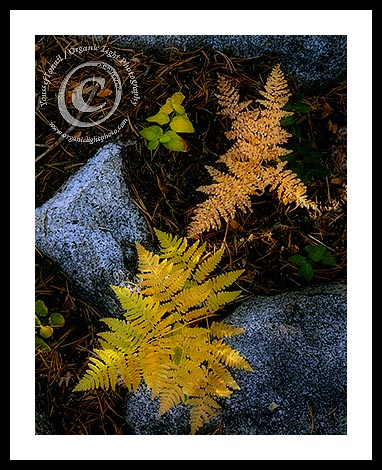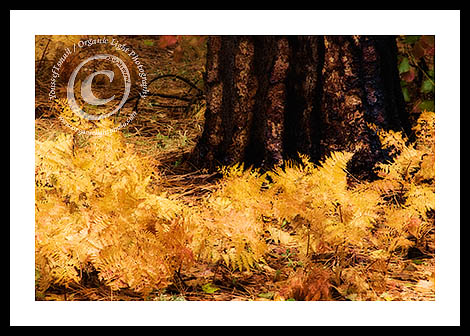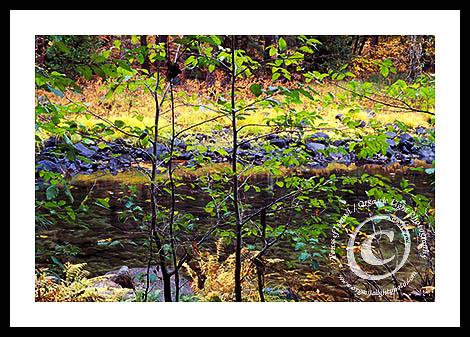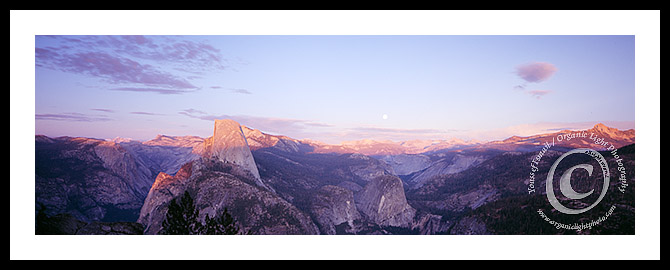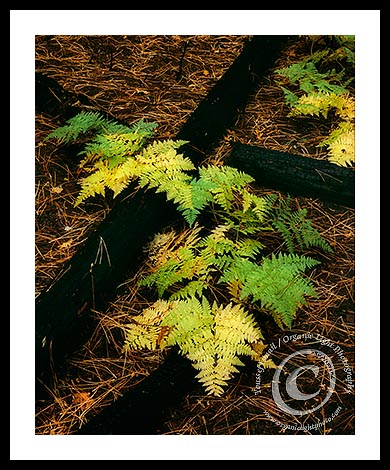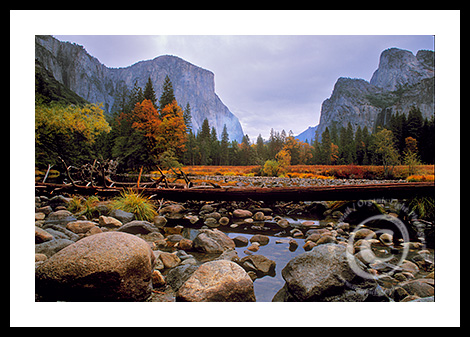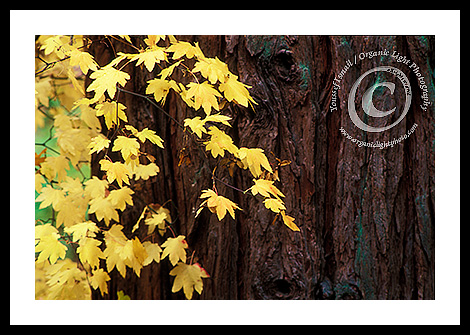An Old Friend, Renewed Excitement!
Well, as I have done for the last three decades, I went out to look for the new crescent moon. This was an important moon to sight as it would mark the start of Ramadan, the month of fasting in Islam. The moon never disappoints, and from the photo below, I think you can see what I mean.
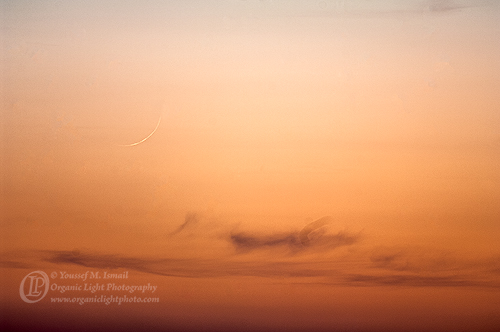
Now that is a pretty stark moon, but I must admit, it was not that easy to see. In fact, I did not see this moon with my naked eyes. I tried my hardest, but it was three of my assistants, as I lovingly call them, who have been my companions when I go out to photograph the moon and for that matter almost anytime I go out to photograph the beauty of our world. They saw it first and were able to track its movement in the sky for almost 10 minutes before I could make a photo. I did not deny that they were seeing it, it was just that I could not believe it. This moon is only 24.5 hours old past conjunction. Its probability of being seen was such that optical aids would be needed to see it, in our area. For me in fact, that was the case with my half-century+ old eyes. But thank God for young sharp eyes! they first caught a glimpse of it at around 8:00 pm PDT, and they were unsure at first. It kept coming in and out of view for them, they kept saying that they saw it, but then were not sure and did not want to commit. But by 8:12 pm, when this photo was made, they were 100% certain and their eyes were locked on it and directed me exactly to where I should point the camera, and sure enough, it was right there.
But that photo above is not what they saw. That is what I rendered from the digital capture to show the absolute grandeur of the moon. This is more like what they saw.
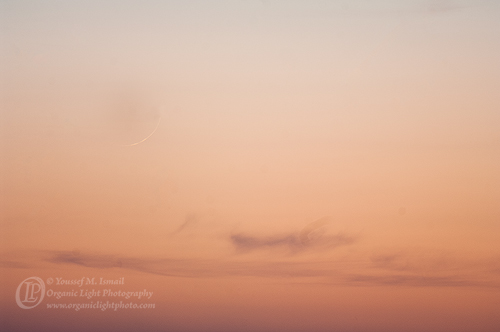
This rendition, which has just been touched up for removing dust particles on the sensor and a touch of sharpening for web presentation. Here you can see just how faint that moon was. I could not see this moon, and that made this sighting very exhilarating! For the first time, My kids were able to out-sight their father, and that made me very proud of what they are capable of. I don’t know how many more moons I will be given the blessing of seeing, and holding down this beautiful tradition has been a trying struggle against an onslaught of calculation-based soothsayers bent on dictating their own beginnings of the months, rather than reveling in the patience that comes with starting the months when God wants us to start it by giving us the gift of this amazing sight. Knowing that my children have the ability to keep this tradition alive is very reassuring and renews my excitement about moon sighting. I pray that they will be the standard-bearers once I am gone.
Anyone who goes out to look for the new crescent moon must know the blessing and joy that comes when it is seen. Just a little while ago, a colleague of mine sent me a message that his young five-year-old daughter started to cry because she did not get to see the new moon because of clouds blocking her view. This is how we should all react! In her still pure innocent state, she knows what a blessing it is to see the new crescent moon, and expressed her great displeasure that she was not going to see it on this night.
Why has the Muslim community forgotten this great blessing? Have we become so blinded by our own knowledge to think that an abstract calculation of probabilities of seeing the moon can be a surrogate for actually seeing it? Plato is reported to have said that he takes as quacks those who establish proofs from probabilities. Why did the ancients know what we have forgotten?
I think it is high time that, in spite of our advanced knowledge of astronomy and mathematics, that we humble ourselves enough to go outside once a month and look up into the post-sunset sky and just allow the blessings of the emergence of a new moon to penetrate our heart and soul so that we too can feel the elation that the new moon brings, and the increased longing when its beautiful sight is withheld. Do not let your self rob you of a great blessing. In 29 days, we will go out once more to look for the moon that is to mark the end of Ramadan and the beginning of Eid al-Fitr, the Festival of Breaking Fast. Make it point to feel, no one else can feel it for you and it just cannot be described, you just have to taste it for yourself.
To all my Muslim brothers and sisters, Ramadan Mubarak!
Until next time, Peace to you all.
